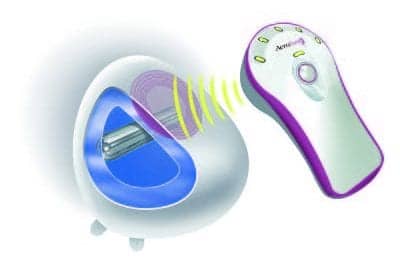 |
Every practice manager and physician should be thinking about what they are going to do differently in the New Year. In fact, by the time you read this you should have formulated an integrated practice marketing strategy for the next calendar year.
In addition to being good technicians, physicians must be good marketers to succeed. This reality hits especially hard for many established practices that may never have done any marketing before now because it was not needed. If you do not engage in some form of practice-enhancement activities—and preferably several forms—your existing patients who make up the core of your practice will forget about you.
Your primary goal should be to stay relevant to your patients so that when they are ready to have a procedure, they will come back to you instead of going to someone else.
In 2010, we can expect some economic recovery, but the basic principles of running a successful service business will remain constant. By making small incremental changes to how you conduct your day-to-day business, you can bring a fresh approach to a practice that may be in dire need of an attitude adjustment.
Even small changes can reap big rewards in the long term. Some of these improvements may be instantaneous. The sooner you come to this realization, the better off you will be. For example, increasing your footprint online can drive new patients to your Web site, which in turn will encourage people to schedule an appointment, buy a product, or sign up for a service.
One of the most common mistakes many medical practices make is to branch out full speed ahead into Web-based marketing and social networking before they have their Web site in order.
A Web site is a virtual living brochure, but unlike costly printed brochures that have a short shelf life, publishing on the Web demands that you update information in real time (or as regularly as possible). Your Web site’s features need to be interactive to increase the amount of time visitors spend there.
All other marketing programs should be integrated with the goal of driving traffic to your Web site.
 |
Video content has become an integral component of an effective Web-based marketing strategy, and online video tends to generate more Web traffic and interest than still photographs alone.
OUTREACH VIA THE ‘NET
To keep costs reasonable, you should also use your Web site as a way to enroll subscribers for quarterly or semiannual printed newsletters and monthly e-mail blasts as well.
Your Web site can house press releases that you have sent to newswires and press kit materials for media contacts to download as needed. Many practices include preop and postop instructions on their Web site as well, which can keep from tying up your phone lines for simple patient requests.
Another effective strategy to increase online exposure is to post original articles with your byline on Web sites that reach your target audience. Include a brief description of yourself, your practice, your Web site link, and your e-mail address.
Writing feature articles can position you as an expert and allows you to express your point of view on a variety of timely topics that are relevant to your practice and special expertise.
INTEGRATE YOUR PROGRAMS
To be consistent, you should integrate any offline promotions you may be doing with your online marketing program. Always include your Web site address (URL or domain name) on all of your printed material, along with your Facebook profile, Twitter user account, LinkedIn profile, Web blog’s address, etc.
Make sure to add all of your contact information on business cards, letterhead, mailing labels, brochures, patient handouts, press releases, advertising, and invitations to open house seminars. If your practice name is printed on it, make sure your Web site address and all valid contact information is visible. Reprinting business cards as your contact information changes is also a very affordable expense.
In addition, whenever possible, take advantage of opportunities to state the name of your Web site. For example, if you are doing a radio or television interview, mention your Web site. You can also request that the media outlet include a Web link to your site for you. When you are giving a presentation to consumers or potential referral sources, make sure your Web site and all other relevant contact information appears on your slides and handouts.
Create a standardized business e-mail signature for you and all of your employees, which includes name, title, practice name, credentials, phone number, as well as employee e-mail (including yours), Web site address, Facebook and Twitter addresses, blog, and LinkedIn profiles.
Ideally, every individual who becomes a fan of your practice on Facebook or follows you on Twitter may be the next visitor to your Web site, if you have planned your strategy well.
Wendy Lewis is president of Wendy Lewis & Co Ltd Global Aesthetics Consultancy and the author of 10 books. She can be reached at and at twitter.com/cosmeticmed.



